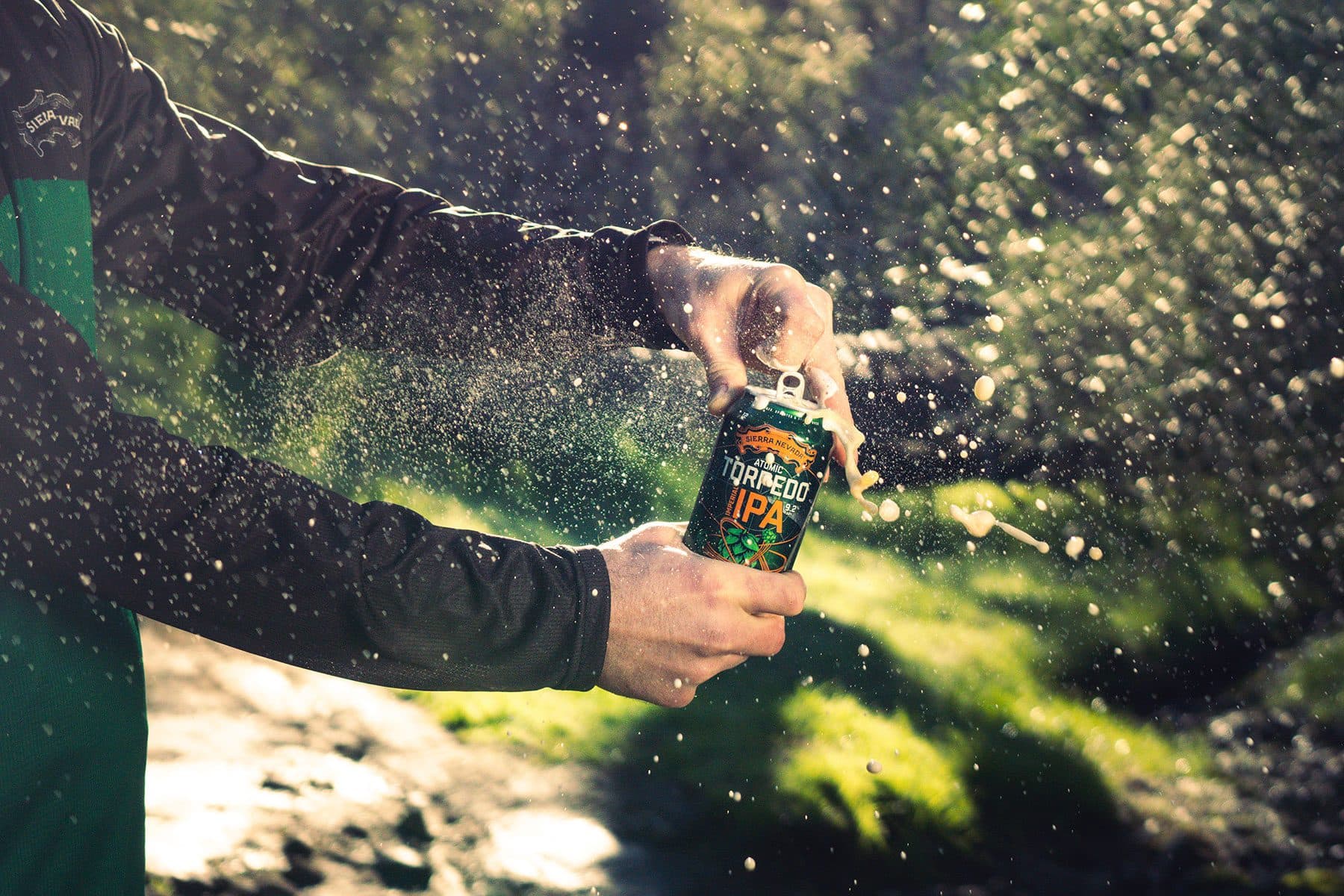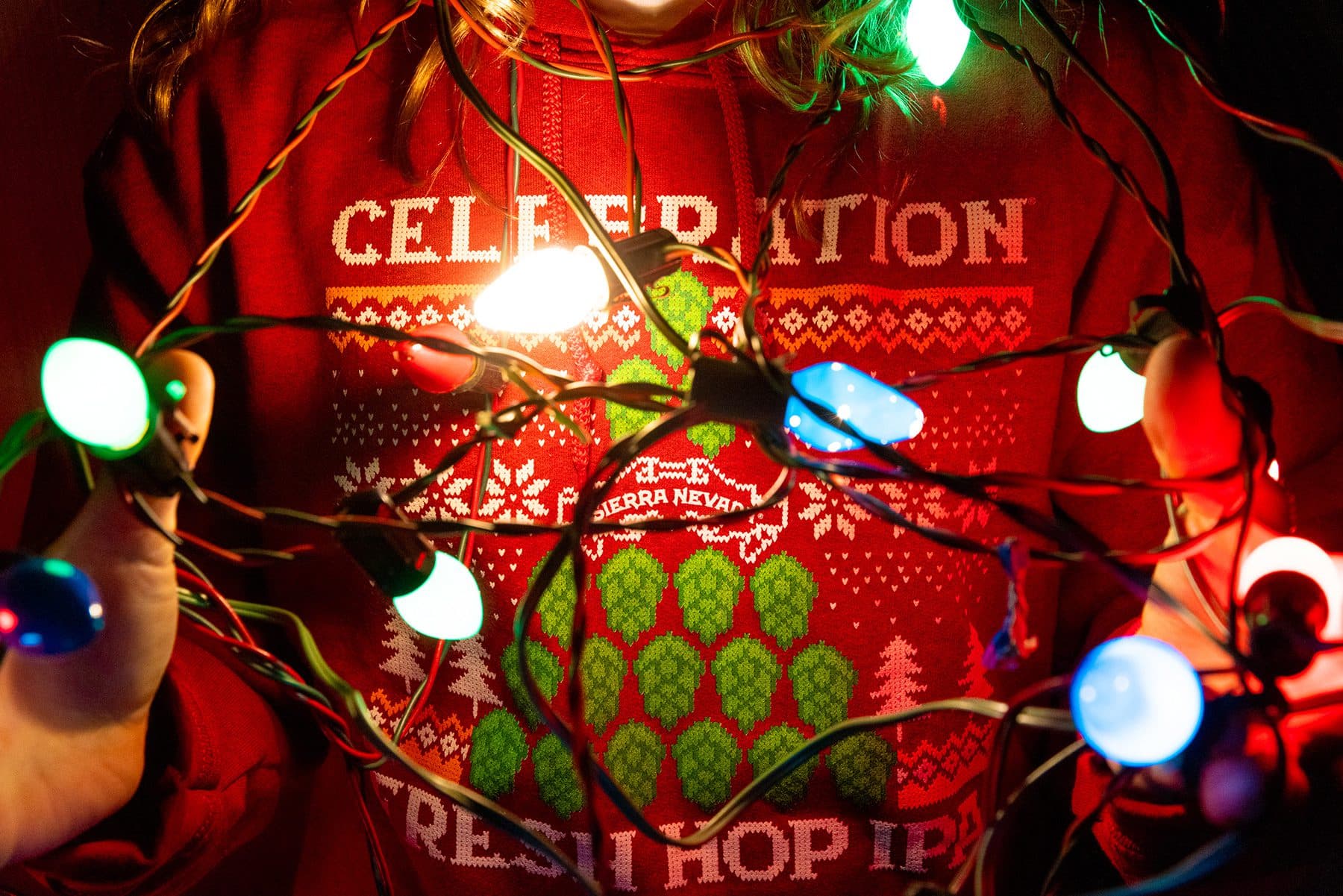To know nothing of Imperial beer, you might guess there’s a grandness to it. Spot on, because Imperial beer is bigger on all fronts, from its alcohol content and flavor intensity to the raw ingredients it takes to make one.
Most often, Imperial beer is traced back to the 18th century when the Russian Imperial Court, smitten with English stout — itself an evolution of porter — wanted to stock up. But that export journey required more of everything, namely alcohol and hops, to ensure the beer was drinkable upon arrival. Today you’ll spot Russian Imperial Stouts on most craft beer menus, especially during chilly months; those malty beasts make the best fall beers.
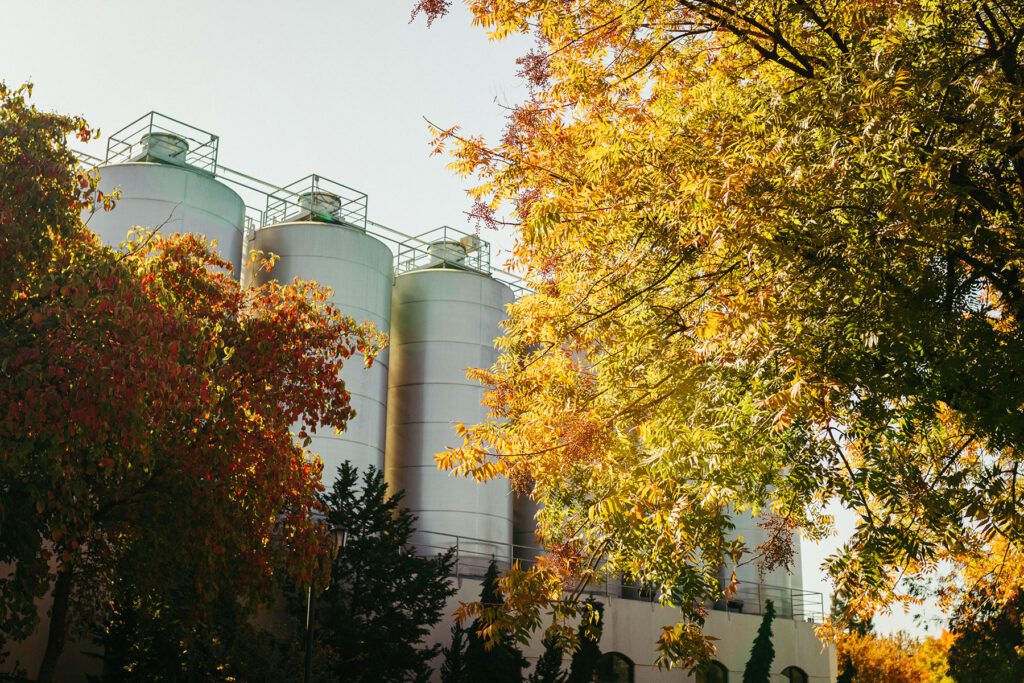
Imperial Beer Definition
Imperial beer doesn’t have a simple, tidy definition. Seemingly every beer style has an Imperial version, even famously light and delicate ones like pilsner. But whether it’s an Imperial IPA, Imperial brown ale, or Imperial black lager, what they all share is more alcohol and more boldness than their “regular” archetypes.
Our original Sierra Nevada Stout, for example, is a modest 5.8% ABV with a fairly hoppy 50 IBU — we do call it West Coast-style after all. Our Narwhal Imperial Stout, on the other hand, hits double-digits at 10.2% ABV and bumps the IBU to 60.
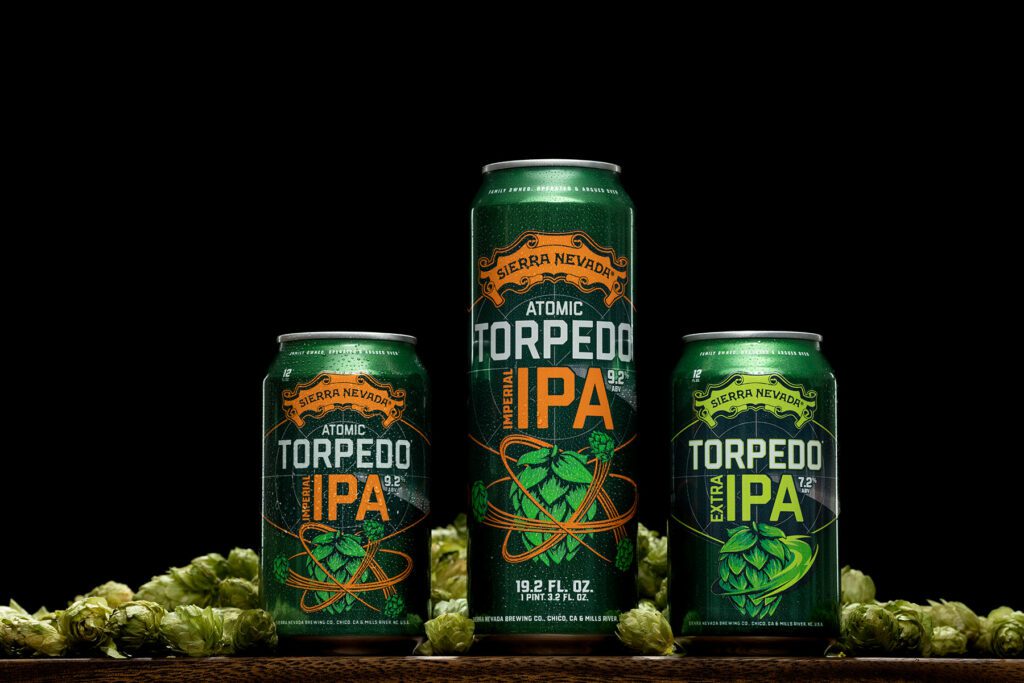
Similarly, our Torpedo IPA is already an assertive 7.2% ABV, yet we cranked Atomic Torpedo Imperial IPA to 9.2% ABV. But it’s not just copy, paste, and add ethanol. Imperial beers like Atomic Torpedo have unique recipes, using different malts and hops to create flavor profiles that set them apart beyond their strength.
Imperial Beer Brewing Process
To make Imperial beer, brewers will generally increase the malt in a recipe to draw out more fermentable sugars during the mashing process. Those sugars are what yeast eat and turn into alcohol and carbon dioxide. So extra malt means extra booze — Imperial!
But the trick is in the balance. The sweetness also ramps up with the malt, so additional hops infuse bitterness to prevent a cloying or syrupy beer. It’s this blend of art and science that allows a Hazy Imperial IPA like Big Little Thing to flex at 9.5% ABV and still drink smooth.
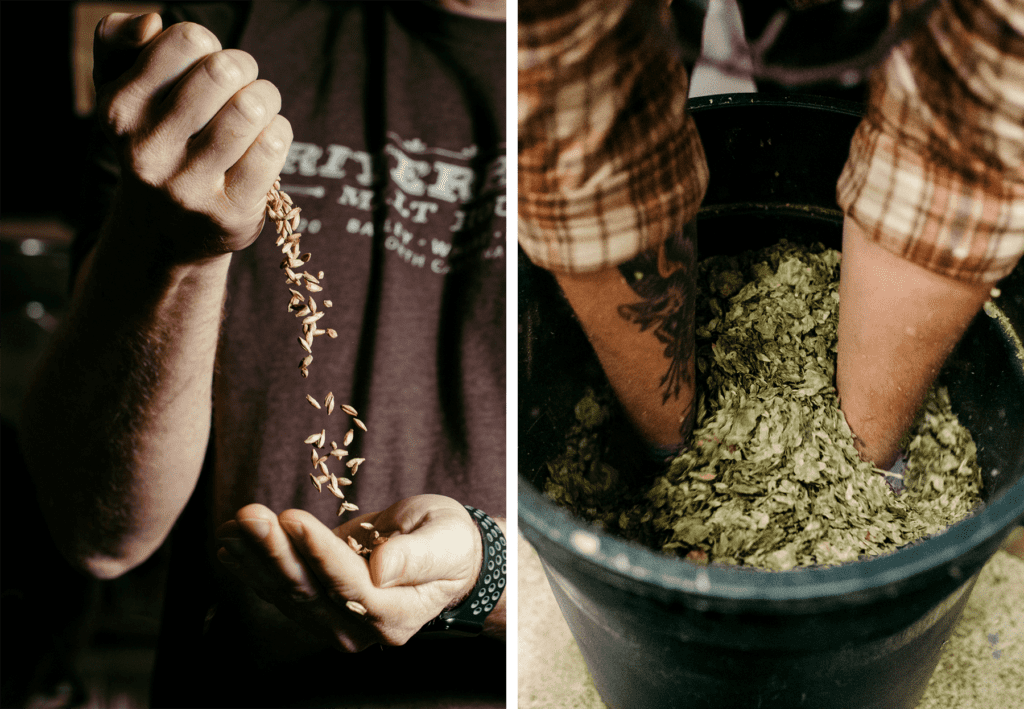
Popular Styles Of Imperial Beer
Scan your local grocery cooler and a few popular styles of Imperial beer will stand out. Of course, there’s nothing more beloved right now than hops. The IPA style and its endless variations like Hazy IPA and Cold IPA have earned lots of shelf space, and Imperial IPAs happen to be one of the fastest-growing sub-categories. But you’ll also spot a number of dark beers that explore the depths of malt flavor: Imperial Stout.
What Is An Imperial IPA Beer
American craft brewers tend to push hops to their limits — then push some more. The Imperial IPA captures this brazen spirit, using absurd volumes of hops, maximized through modern hopping methods, to launch aromas and flavors that knock you off your bar stool. Style guidelines suggest an alcohol range of 7.6–10.6% ABV for Imperial IPAs, and they can push the upper limits of the beer bitterness scale, which maxes out at 100 IBU.

Big Little Thing Hazy Imperial IPA squeezes all it can from four different hop varieties, maxing out their juicy notes of citrus, berry, and more. Despite its modest 34 IBU, Big Little Thing keeps the sweetness tame, allowing this 9.5% hazy to finish clean.
Atomic Torpedo Imperial IPA fuses West Coast and Juicy IPAs, unleashing intense flavors of lush fruit, citrus, and sticky pine. Like the original Torpedo IPA, this 9.2% powerhouse uses our custom dry-hopping device to capture every bit of lupulin hidden inside hop cones — brace your taste buds.
And then there’s Hoptimum, which we call a Triple IPA — Imperial and then some — at 11% ABV with fruity, dank, and devilishly hoppy flavor. Our brewers reimagine Hoptimum every year, experimenting with hop varieties to find the ultimate mix that’s both aggressive and refined.
Imperial Stout Beer
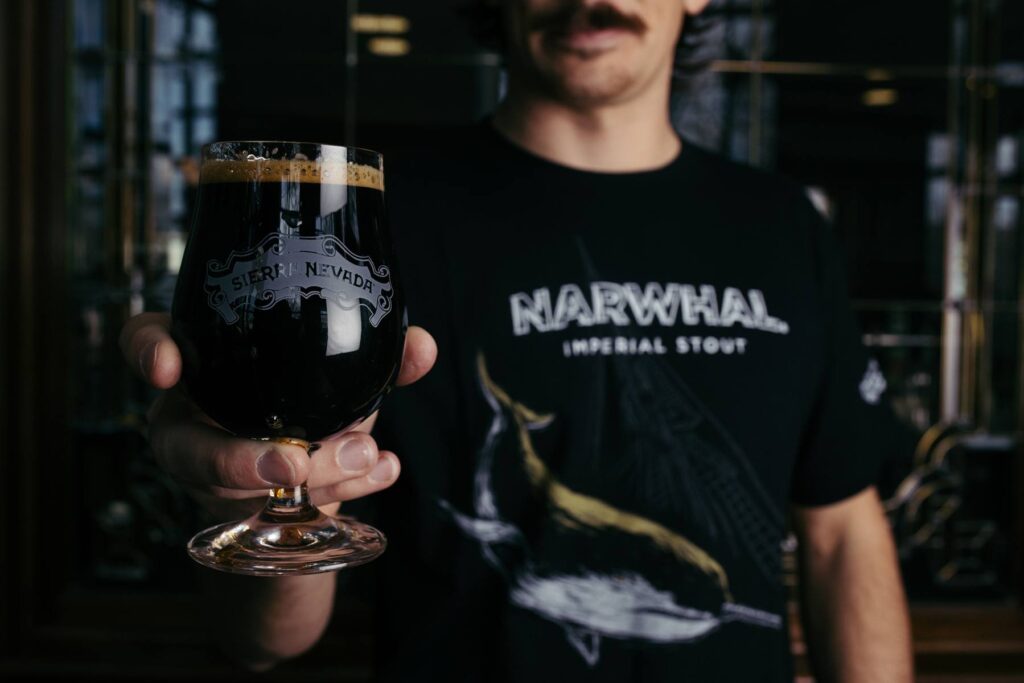
Our very first beer was a Stout, so for all we do with hops, we also love dark and malty brews. And the Imperial Stout style turns that richness all the way up, using loads of grain — including specialty caramel malt and crystal malt — to reach ABVs of 7–12% and create flavors like toffee and chocolate.
At 10.2% ABV, Narwhal Imperial Stout blends nearly 10 different grains for its complex notes of espresso, baker’s cocoa, roastiness, and hint of smoke. With its 60 IBU, Narwhal also features plenty of hop character to balance the sweetness. Full-bodied and velvety smooth, pour Narwhal in a snifter and take in every delicious detail.
Want even more decadence? Barrel-Aged Narwhal Imperial Stout (11.9% ABV) spends almost a year in bourbon barrels, emerging with new layers of oak, vanilla, and coconut.
Imperial Beer Pairing Suggestions
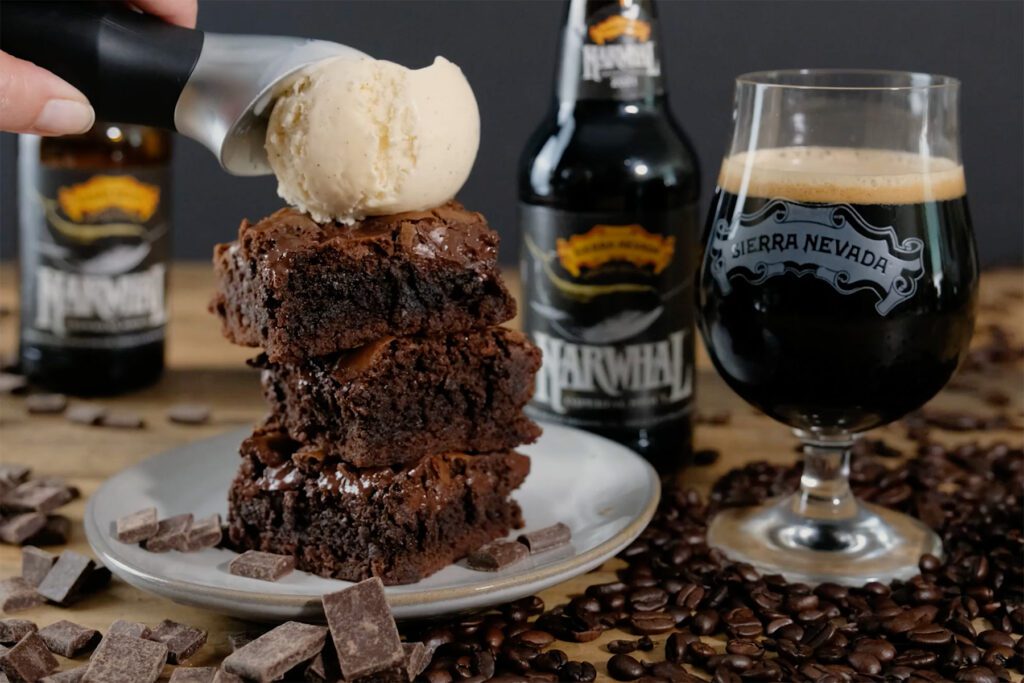
With their intense flavors, Imperial beers pair best with bold or rich foods. Atomic Torpedo is going to dominate your garden salad, ya know? But that Imperial IPA is a perfect partner for something like fiery steak tacos or maple bourbon wings. And when it comes to dessert, put a few ounces of Narwhal Imperial Stout toward beer-infused recipes like these gooey chocolate brownies, or get a bit more fancy with pot de crème.
If you’re looking for the biggest flavor, whether for happy hour or with a hearty meal, Imperial beers max it out.
